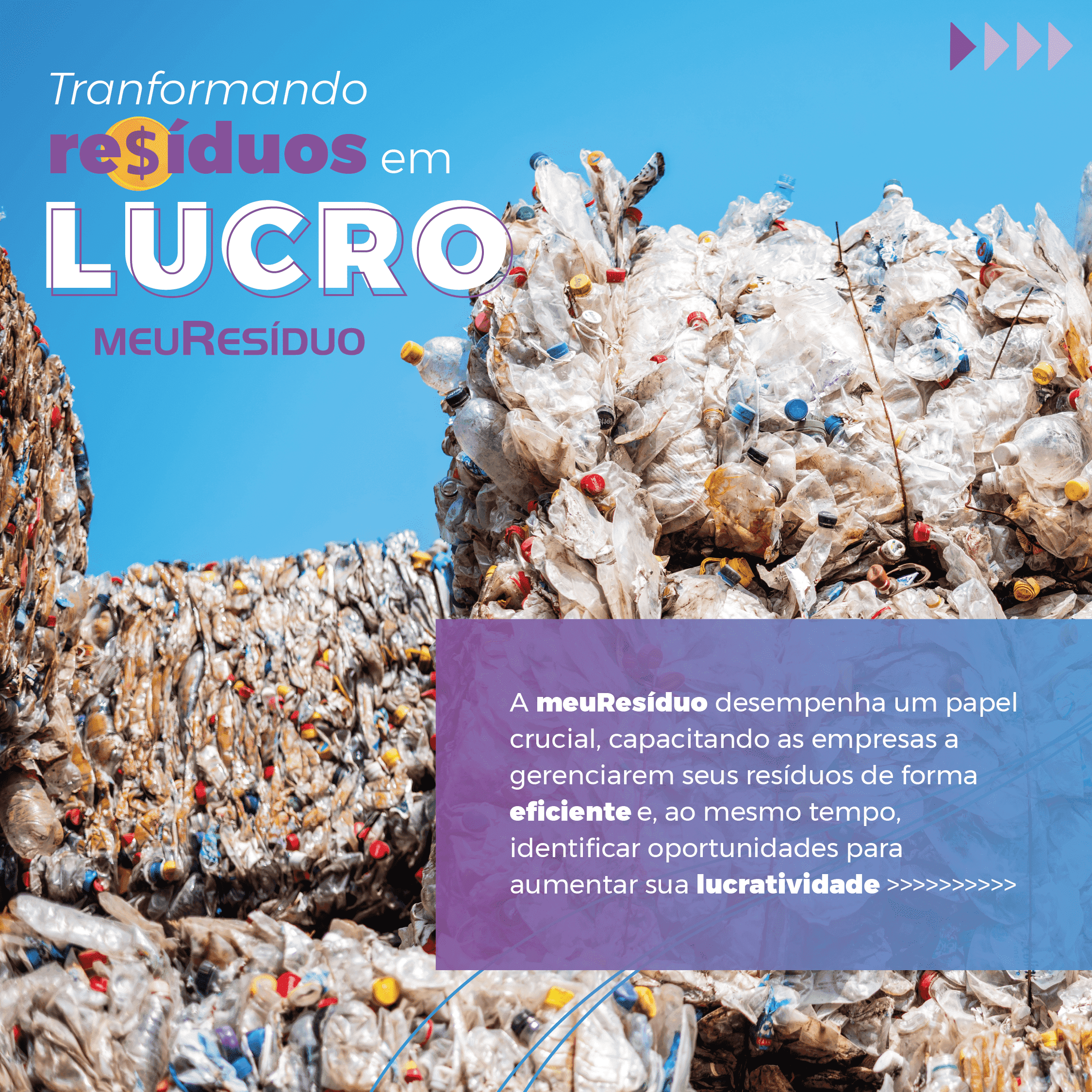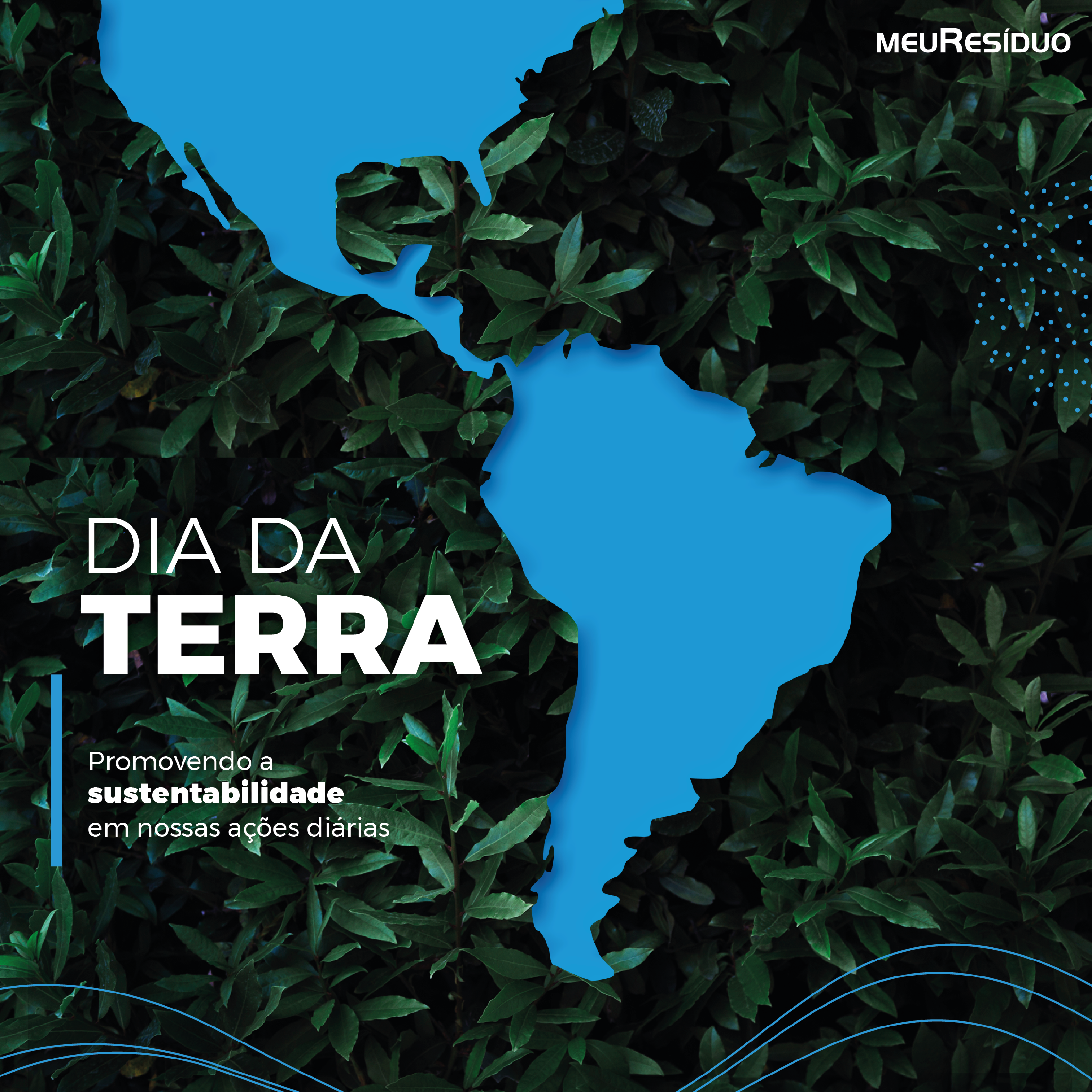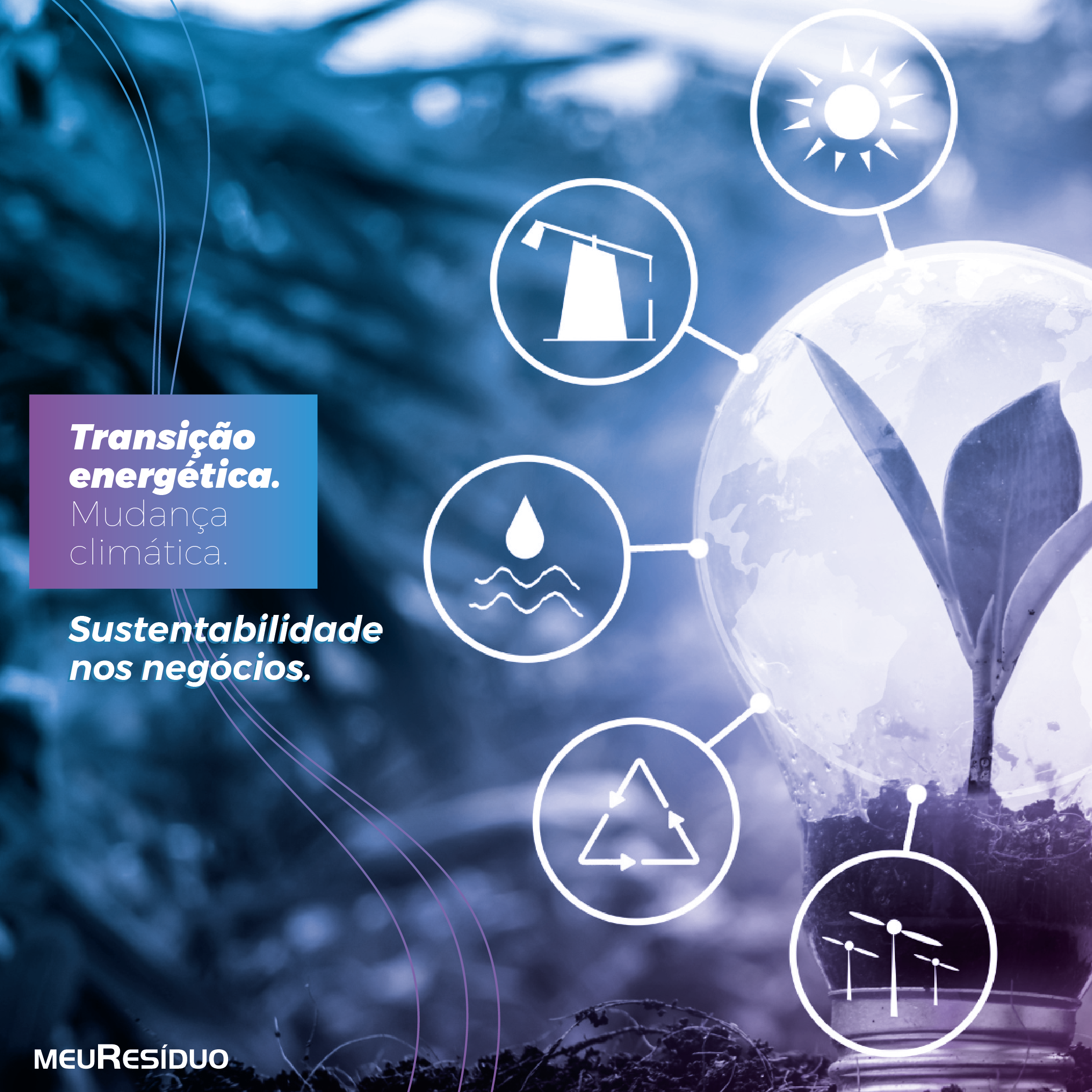
An increasing number of people are committed to do more to protect the environment and the green movement is becoming a popular topic.
The “ecological move” – and especially the moving without waste – requires some time and a detailed planning. But this is a good thing because you will have all of your ducks in a row by moving day, which means you’ll have an easy time of it. We are all trying to make our lives easier, but we are also making our part to take out a burden from the environment. This guide will help you get a green relocation, it does not matter how far you have to go.
Before moving: you need a smart reduction
Moving home is a great opportunity to pass through all you collected since you moved to your current place. Depending on how much time you are there, this can be a quick task or it can take a long time. Anyway, using the time to do it right is better for the environment, once you will be less likely to throw things out just to get rid of them – you will have more time to dispose your waste on a more ecological way. See how to do it right.
The ecological plan
Do your plan – and write it. Maybe you will work in one room all the week or in a closet every day. Allow yourself to have more time for spaces that have a bigger storage, like basements or attics, in which we deposit many things and it can even fall an avalanche of things on you when you touch it.
Create a space for these specific piles
Before starting to separate, save some space in your house or label some boxes to put things that you are planning to get rid of. Have a box, bag or pile clearly label to:
- things you will donate to charity
- things you can sell
- things you want to give to specific people
- waste
- things you can (surprisingly!) recycle
- old carpet
- old mattresses
- risk CD’s, game disks or DVDs
- stained or torn clothes or bedding
- big and small devices, from the dryer to the microwave
- electronics, including old cell phones, TVs, computers, printers and sound systems
- colored pencils and dry markers
- ink cartridges
- dangerous waste
Call to the local offices and ask where you can leave it. These items include:
- inks
- fertilizers
- cleaning
- solvents
- motor oil
- pesticides
Ecological movements really happen during packing
Packing in the last-minute means that you will probably end up putting things on the trash, which is less probable that you will classify things correctly (and it is very annoying to unpack). The sooner you start packing, more time you will have to do it right and in an eco-friendly way.
If you are going to move, and the company will bring you the boxes, choose a moving company that use sustainable packing material and reusable or recyclable boxes. (You just have to ask!). Discover how to prepare better for your arrival. If you are packing, planning is everything. Will you scour all your house along one week or will you start packing one month before the move? Decide about your game plan and use these hints to make your packing adventure as green as possible.
Use only these materials from ecological packaging
What, exactly, “eco-friendly” means when it talks about packaging and moving packaging? This means that all you use to pack your things – boxes, wraps, upholstery, tapes – is made of recyclable materials and/or it is recyclable, biodegradable or compostable.
The ecological packaging supplies include:
Cardboard box. When you finish unpacking, pass your boxes to another person that is moving, or put them to recycle. When it is possible, use cardboard boxes but, if you have to buy new, choose boxes that are made of post-consumer recyclable materials.
Cornstarch protection flakes. If you have to use flakes to extra-fragile items, choose the ecological variety instead of styrofoam flakes, that are not biodegradable – at least, not on our life. Green packaging flakes are made of non-toxic materials like cornstarch or wheat. They are biodegradable and dissolve in water, and you can use as fertilizer. As an additional bonus, ecological flakes do not have an electrostatic charge.
Ecological bubble wrap. The traditional bubble wrap is made of low-density polyethylene film, which is usually not taken by the sidewalk’s recycler, but it can be recycled with your plastic bags when you take it to the delivery place. The ecological bubble wrap is greener than the traditional one because it is made, in part, from recyclable materials. But it is not biodegradable or compostable, so if you do not recycle, difficultly it is green.
Corrugated cardboard wrap. Made of 100% recycled cardboard, the corrugated cardboard wrap is resistant, protector, biodegradable and recycled. (See the picture!)
Non-plastic tape. Plastic tape is not biodegradable, but paper or cellulose tape, which are made from trees, are. The paper tape usually comes with a label activated by water and requires a special dispenser that wets the tape while you pull it out. Scotch tape seems plastic, but it is made of cellulose, and you can tear apart as a paper. Both kinds of tapes are biodegradable.
The packaging method of zero waste
If you are dedicated, you can reach the zero waste when you move packing carefully. Plan beforehand with these tips:
- use your clothes, towels, sheets, pillows, cushions and blankets to protect fragile items. Bonus: you will not have to pack these items.
- Save your newspapers and magazines to wrap items and recycle them after you unpack.
- Rent reusable containers. The moving companies usually rent moving boxes reusable and heavy that come in many shapes and sizes, including a wardrobe box to make your clothes moving easier than ever. When you finish moving, give the boxes back.
- Pack what you can in empty drawers, basket of dirty clothes, suitcases, buckets, bags and other recipients that you already have.
- Ask for free cardboard boxes from friends or local stores. Recycle or pass to other people after you finish moving.
- For mattresses and other big items, instead of packing them in non-biodegradable plastic sheets, use blankets, sheets or cloths above these pieces.
Posted in: I’m Moving, Green Moving
February, 2nd, 2022 by Cassandra Rosas
Source: https://blog.hireahelper.com/how-to-seriously-lessen–your-carbon-footprint-when-you-move/


